Creating a good design and flow between the rooms of your house can make it more aesthetically appealing. Which is a good quality considering the amount of time you are likely to dwell in a home of your own making.
Here are a few handy tips you can consider to create an appealing flow.
Plan it out

Proper planning will allow you to evade the risk of starting a snowball effect that will be costly and time-consuming later in the process. This is important during the early design stages so that it informs the layout of the whole home.
Have a distinct plan and vision for your home. This will help you prevent disjointed patterns with a lack of flow. Remember that starting with one space without a general plan for the rest of the house is likely to make flow difficult to attain since your home will probably feel like it consists of independent spaces that are unlikely to compliment each other.
For you to realize a successful and flowing home design, think about how to visualize navigating each living space and the whole house in general. Such aspects of planning decisions will be reflected in your final plans, so take the time to plan well.
Color Transition

A good flow is possible when there is no sudden disruption between the style and appearance of adjacent rooms. You can consider particular color theories to implement continuity in connecting rooms to ensure some smoothness in the flow of the transition.
You can also limit the selection of colors to three or four base tones painted in different rooms within your home. This is likely to make it easier to create an effortless flow between living spaces. If you have to use different colors, ensure that they complement each other and add to the appeal.
Room colors can affect your moods and thoughts depending on what you require. Dark colors add warmth and richness to the room, while lighter colors allow natural light to reflect with the downside of harshness if the colors are too bright.
Textures and Materials

You can use everyday materials, textures, and finishes throughout your home to pursue a consistent flow. A good example is matching the metals from doorknobs to door trims, faucets, and decorative accessories. This creates a clearly perceptible flow that evokes the feeling of an intentional and bespoke design.
You can use this form of texturizing and finishing to give different spaces their own feel. For instance, matte metallic knobs and railings can be paired with shiny faucets and bathroom accessories. It is okay to mix metals, from lighting fixtures to plumbing finishes. This is likely to ascribe each living space with its own personality in a way that compliments the flow rather than impeding it.
Flooring
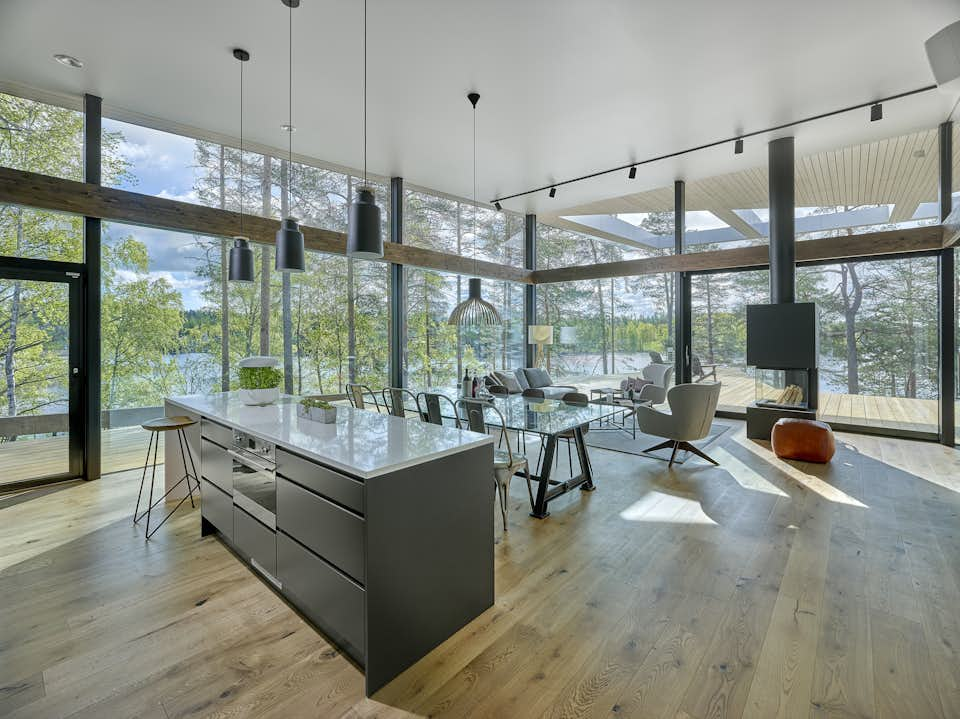
Another way of ensuring flow between living spaces is by using similar flooring from one room to another. Consistent flooring throughout the main areas of the home also simplifies maintenance and makes the spaces seem larger. If you must use different flooring, limit it to essential functions to keep the differences minimal.
Your choice of flooring is critical because it acts as a unifying base for different zones. Housing experts advise trying to avoid thresholds as much as possible because of their tendency to break the visual flow when transitioning through rooms. You can use matching floor patterns to avoid breaking the continuity of spaces.
A good example to visualize is an open plan, which does not have physical thresholds between living rooms, dining areas and kitchen spaces. Other secluded areas like bedrooms can have different designs that suit the occupants, since they may not particularly interrupt the flow given their separation by doors.
Consistent Style

After getting your wall colors and floor finishing right, a sense of flow can be interrupted by having wildly varying styles throughout a home. Rather than assigning unique styles and accessories to different areas of the house, use a mix of styles in each room that creates some commonality between them. This flows easier and works out better when compared to having rooms decorated in different styles.
This aspect of style can be easily achieved by having fun with accessories that compliment your color scheme. Accessories can be particularly impactful if you have a neutral base to work with. You can vary the color and texture of rugs, throw pillows, cushions, and artwork to duly accessorize your living spaces.
Design experts recommend striking and beautiful accessories that disrupt the shocking effect of boldly colored walls. Accessories are a relatively expensive way of introducing and switching up the color and visual appeal since they can easily be changed.
Repeated Architectural Elements

A coherent flow can be achieved by placing the same distinctive architectural features in different rooms. These include shapes, textures, patterns, colors, and sizes of objects that can communicate a particular flow of design and finishing.
Another way of maintaining a sense of flow is by using similar styles for the trim around windows and doors. These are likely to enhance visual continuity through the use of a particular style that is evident in the doorways and window trim of your home.
The same concept can be applied to crown molding and baseboards that generally add uniformity to rooms and homes. You can use a distinct and eye-catching finish on these trim pieces to ensure that similar visual elements stand out in different places.
Between Living Spaces

A consistent flow encompasses non-dominant and functional areas of the home such as staircases, landings, and hallways. The decoration and style within these places should conform to other living areas, making them add to the visual continuity of your home.
These areas can be used as unifying bases, mixing style elements that are within the home as a means of previewing what the general style is like. An example is a corridor where you can use a standout pattern from other parts of the house to create a visual impact. You can also install lighting that matches and enriches the colors of rooms joined by the corridor.
Furniture Positioning

Design specialists advise considering furniture layout during the early phases of planning and design. Ignoring furniture placement can result in a room defined by family members awkwardly navigating sitting areas to get to other parts of the same living space.
Conclusion
Creating a flow from room to room in your home can be the difference between feeling comfortable in the layout or feel like your surroundings are disjointed. To ensure good results, take your time and plan it out carefully.
If you feel overwhelmed in the decision-making, consult design professionals to understand what flow you are likely to achieve in your plans. This guidance could be the key to the beautiful and comfortable home of your dreams.
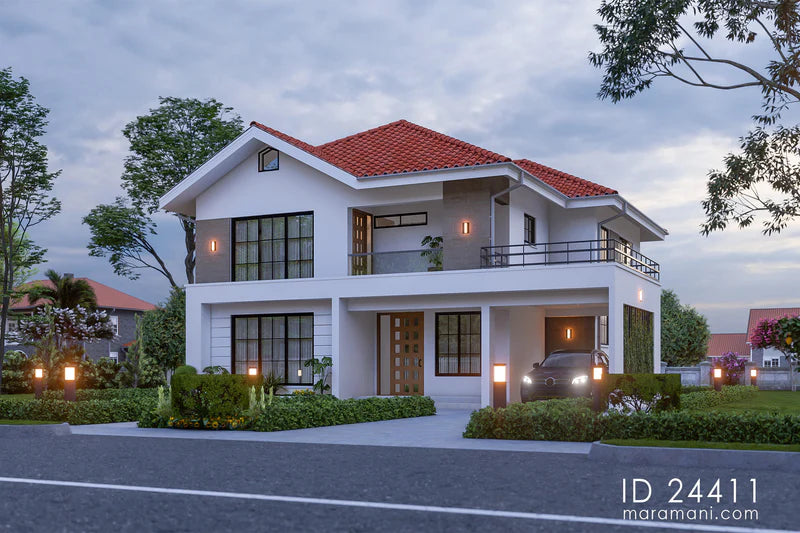
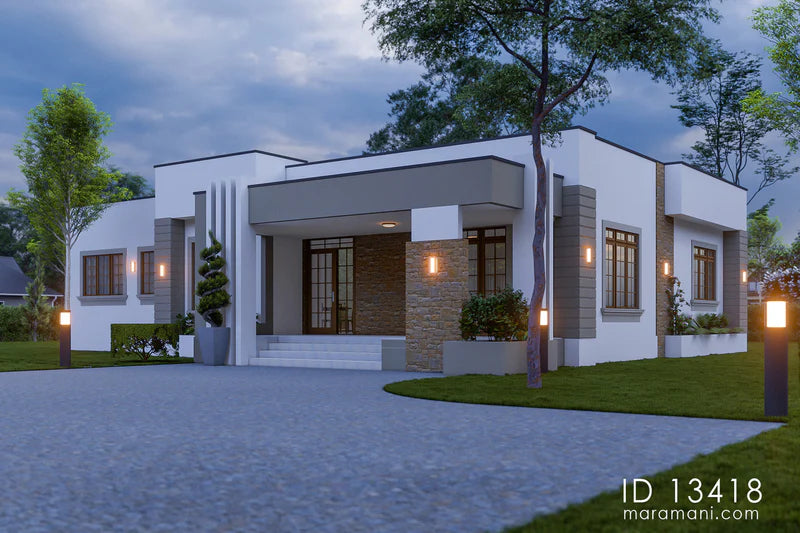
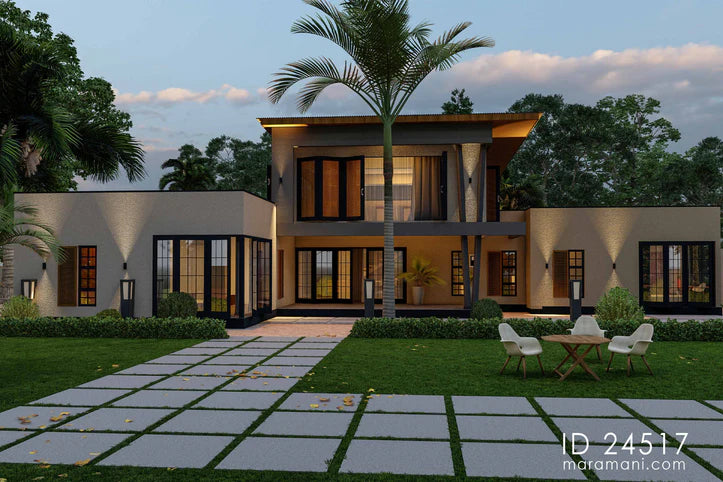
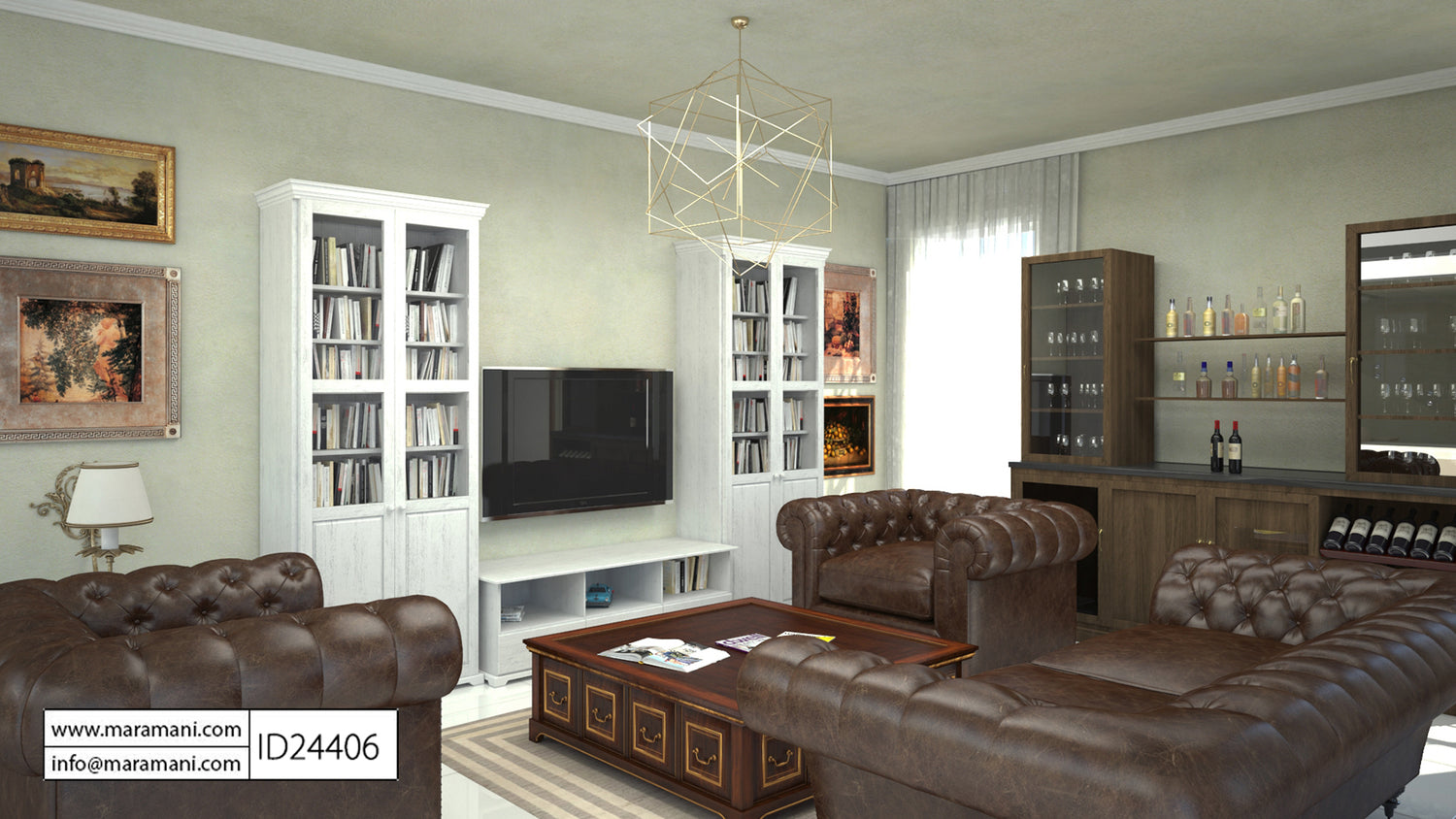
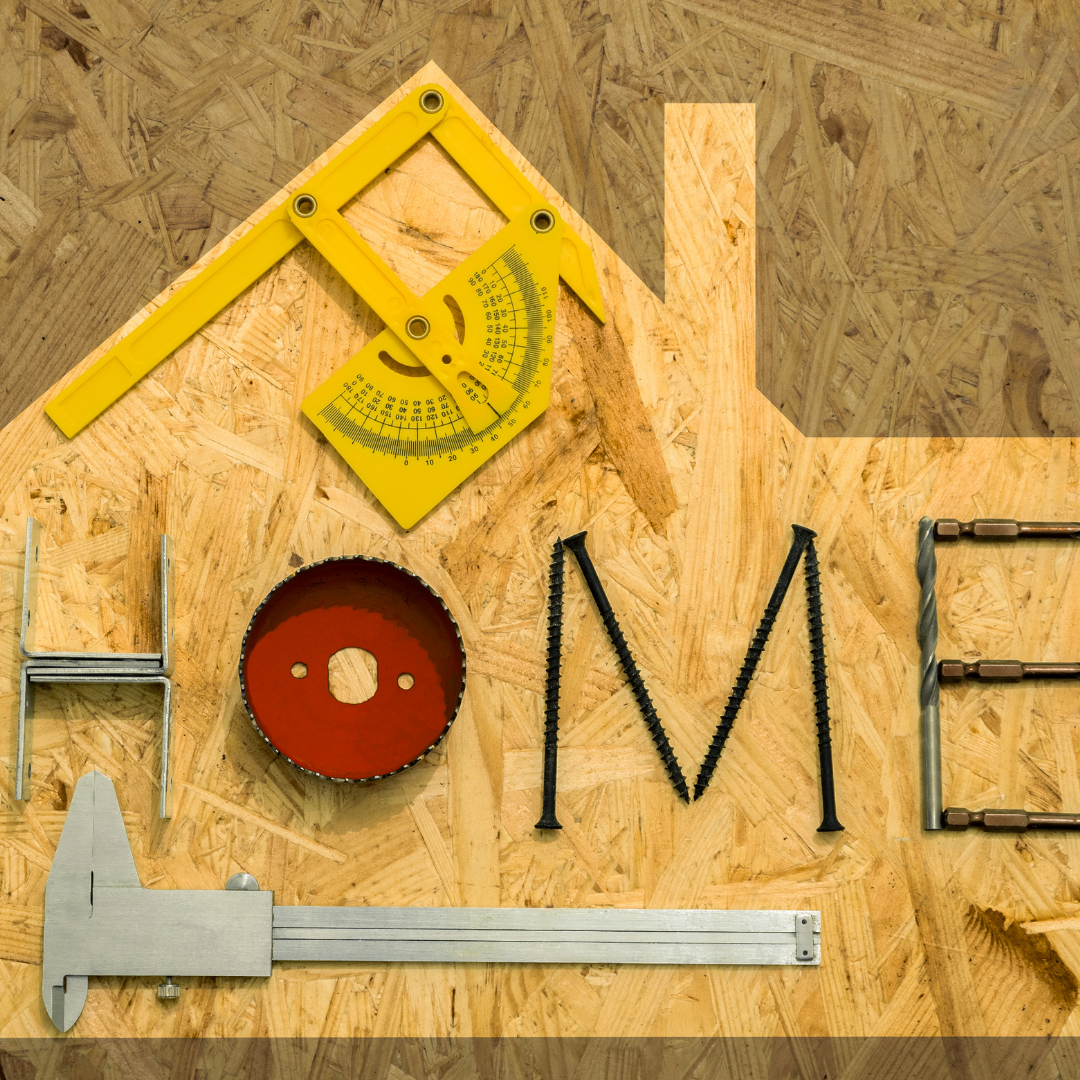
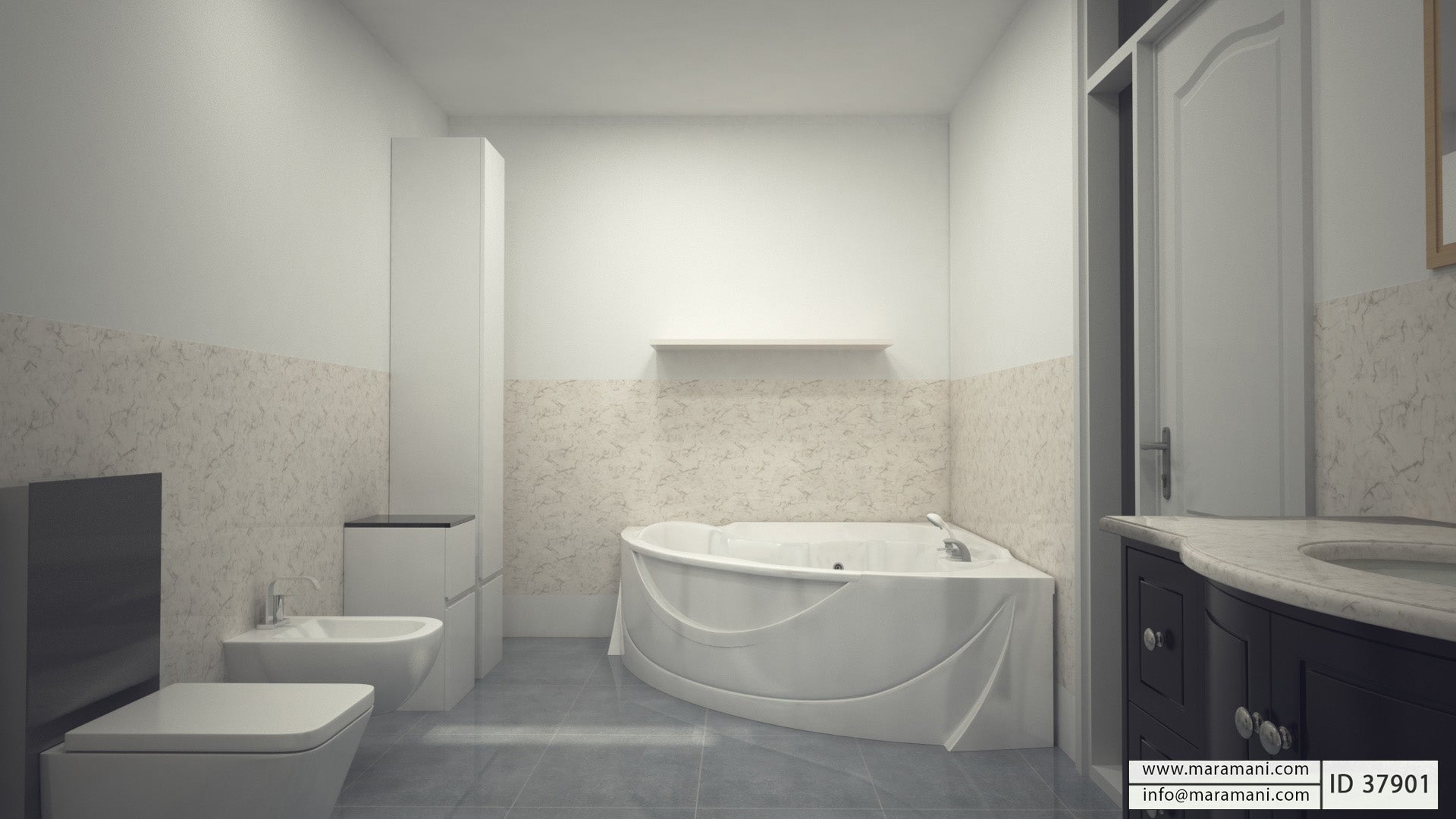
Leave a comment
This site is protected by hCaptcha and the hCaptcha Privacy Policy and Terms of Service apply.